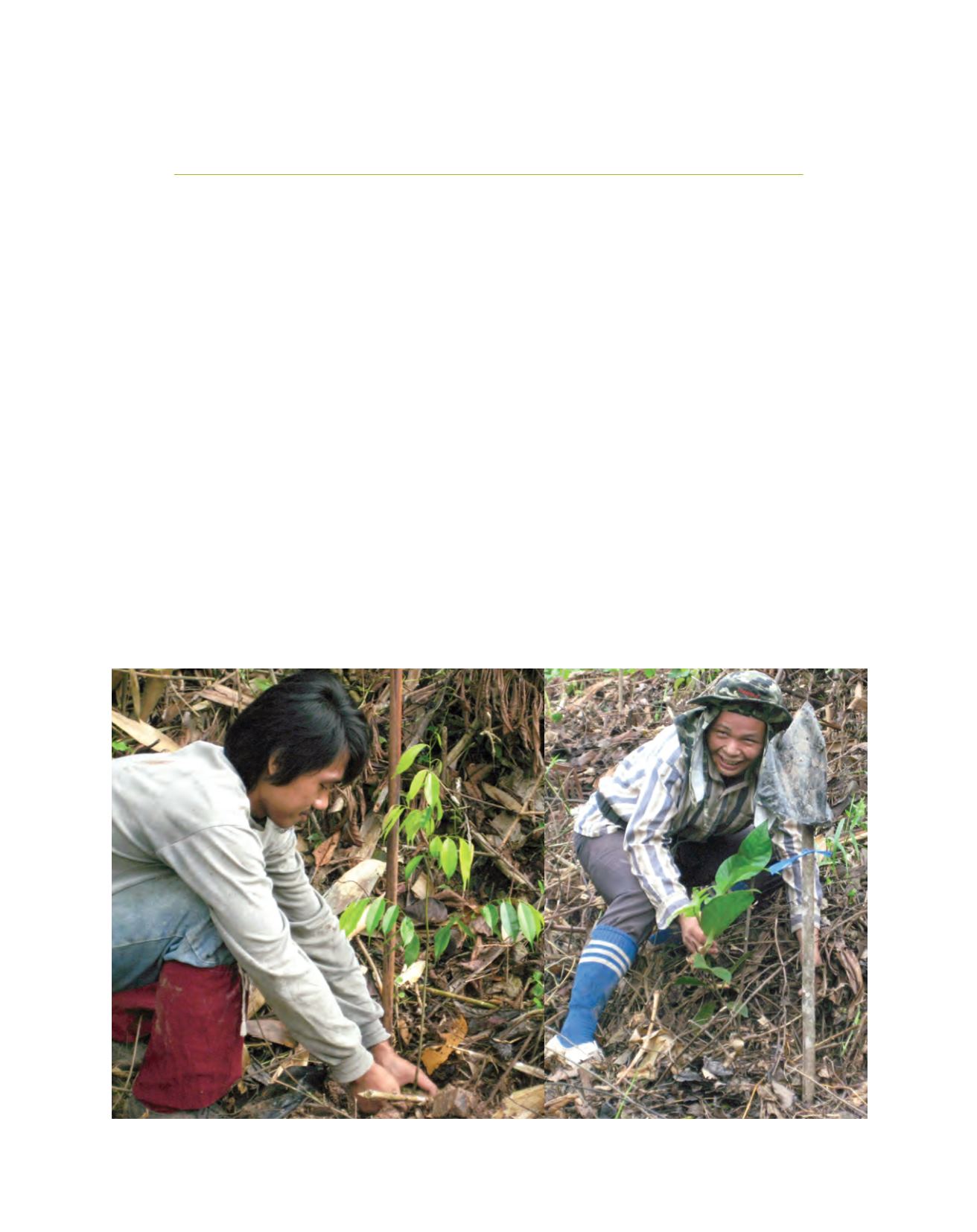

[
] 277
Sabah shows the way to sustainability
Frederick Kugan, Deputy Director, Sabah Forestry Department, Malaysian Borneo
W
orldwide, rainforests support a myriad of plants
and animals, each with a crucial role in keeping the
ecosystem alive and vibrant. A healthy rainforest
ecosystem is central to the survival of humans, in particular
the millions of indigenous people who depend on the forest for
food, shelter, traditional ways of life and culture. In Malaysian
Borneo, the state of Sabah is leading the way by actively pursu-
ing the true principles of sustainable forest management (SFM)
– timber extraction based on well thought through harvest-
ing plans, care for people and conservation of key areas that
host iconic wildlife and flora and unique landscapes. Sabah’s
commitment to sustainably managing its forests was born out of
the harsh reality that indiscriminate logging had led to a crisis
point. The only other choice was to continue timber harvesting
until there was nothing left, a choice that Sabah knew would
be the wrong path.
In 1989, the Sabah Forestry Department started on a journey that
would see it delicately balance the use of its forests for timber,
research, tourism, watersheds and a plethora of other
needs. The Department decided to collaborate with
the German Agency for Technical Cooperation (GTZ),
which picked the Deramakot Forest Reserve in central
Sabah for a joint Malaysian-German Forestry Research
Project. This reserve, comprising 55,139 hectares of
mixed dipterocarp forest, had at that time been logged
at least once with subsequent silvicultural treatment.
Numerous studies were carried out under this collabo-
ration, including some that indicated the timber industry
was grossly oversized, both in terms of processing and
logging capabilities. At this point, the Department knew
there was no turning back if it was to salvage what was
left, and continued with the project. Substantial invest-
ments were made as part of the commitment, covering
the training of foresters in new techniques, the purchase
of low impact harvesting equipment and forest planning.
Despite challenges, especially in its early years, the
Deramakot Forest Reserve has gone down in history
Local community engaged in forest restoration works
Image: Peter Lagan
















